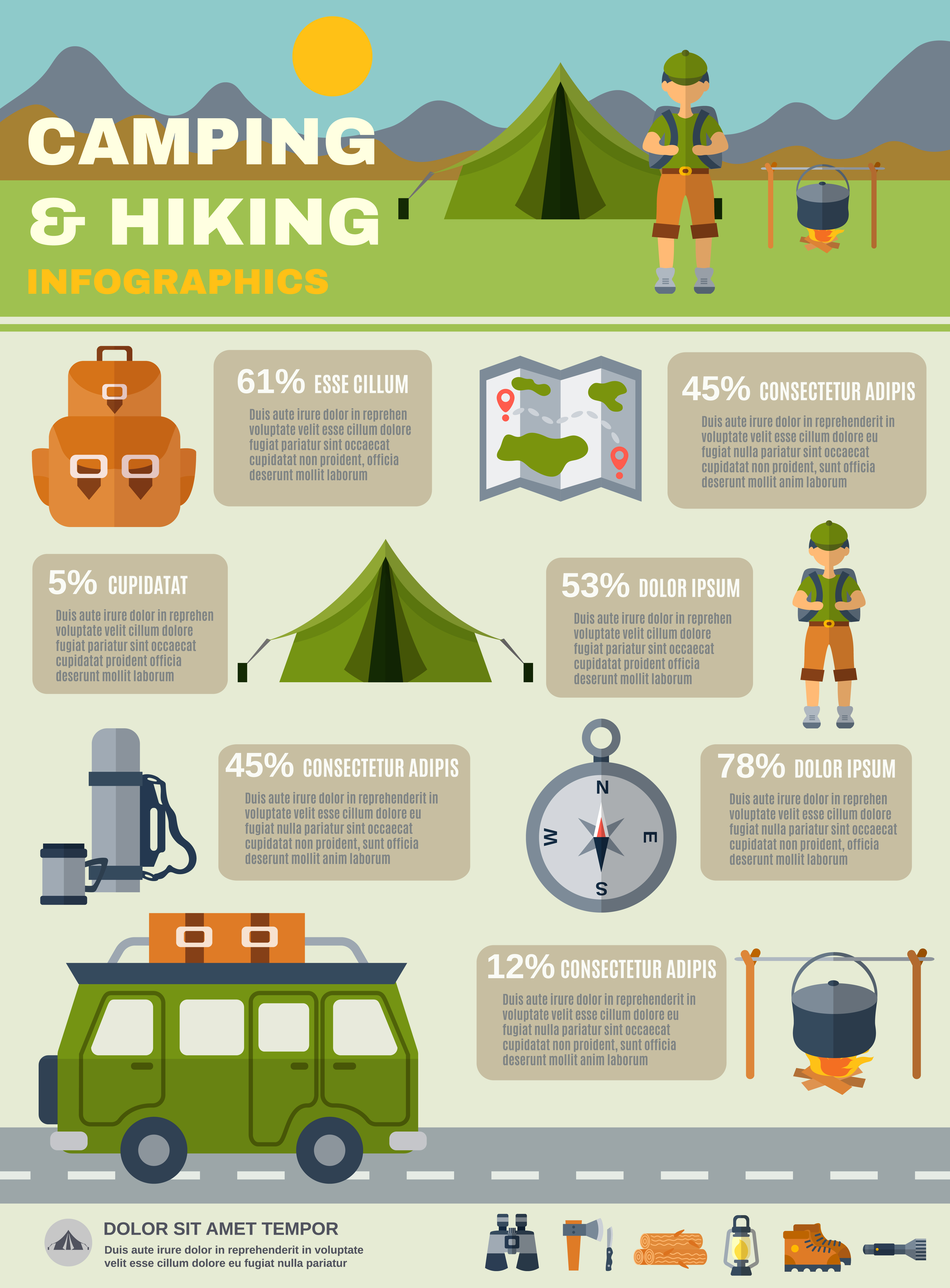Rain flies are a vital device for wall surface outdoors tents. They increase the capability of a camping tent to shield campers from severe weather conditions while offering added comfort and resilience.
Regular cleansing of a rain fly maintains mud, mildew, and particles from ruining it. Also, making sure the proper stress of a rainfly prevents it from sagging and permitting water to gather below.
Weather Condition Resistant Products
The material utilized in construction jobs can influence the durability and longevity of the job. Picking weather-resistant materials helps in reducing maintenance costs and saves sources for future repair and replacement.
Timber may not be the very first material that enters your mind when talking about climate resistance, however it is highly long lasting when properly treated with chemicals. Cedar, redwood, and teak are instances of naturally rot-resistant woods made use of to make a variety of exterior furniture and frameworks.
High-performance canvas wall outdoors tents are made to resist moisture and maintain campers comfortable. It is necessary to tidy canvas and outdoors tents on a regular basis to remove dirt, mud, and dirt. It is additionally necessary to rinse any kind of residue from the canvas outdoor tents before keeping it away for usage. Stay clear of using bleach, as it ruins the water-resistance therapy and makes the camping tent more susceptible to leakage. Conversely, a soft brush and a hose can be utilized to thoroughly scrub the canvas tent and rinse it off with water up until it is totally filled.
UV Direct exposure
Unless an outdoor tents is made from UV-resistant material, extended direct exposure to sunshine will certainly create it to degrade. This is true of all fabrics, however it's especially obvious for outdoors tents and canvas structures because of how much they're utilized in exterior setups. UV radiation can create dyes to break down, bring about a loss of shade vibrancy.
A rainfly secures wall surface tents from these damaging UV rays by showing them prior to they can permeate the framework and reach your skin. It is necessary to select a rainfly with a UPF ranking of 50 or greater to obtain optimum UV defense.
A rainfly additionally aids manage the temperature inside an outdoor tents depending on the season. A lighter rainfly can keep tents from absorbing way too much warmth in the summer season, while a larger rainfall fly can help prevent heat from leaving the rain gear tent throughout cooler months. In either case, these additional layers of insulation can considerably prolong a camping tent's life expectancy.
Wetness Damage
Canvas tents are fairly sturdy and can last 15-30 years with attentive treatment, however even the most high-performance canvas is not unsusceptible rainstorms. A rainfall fly or fly sheet adds a layer of defense for the roof covering of your canvas tent and helps prevent moisture damage.
Condensation, mold, and mold are not just undesirable, yet they can likewise ruin the structural stability of your canvas camping tent. Protecting against these troubles is easy, however it needs careful care and attention to detail.
Make it a behavior to evaluate your outdoor tents in the early morning and eliminate any type of natural condensation, dew, or snow that has actually collected on the surface. Later, make sure to spread your tent out in an open location and utilize a soft brush to scrub away any mold and mildew and mildew that has created. When you have gotten rid of the impacted areas, re-treat the outdoor tents with a mold awesome option and rinse it extensively to prevent any kind of future invasions.
Moisture Accumulation
While normal, condensation can harm materials if left uncontrolled. Thankfully, proactive methods like wiping surface areas and airing out tents lessen condensation' impact.
Outdoor tents fabric, environment conditions and use patterns contribute to condensation degrees. Sailcloth, for instance, withstands water vapor dissipation and tends to present beaded beads more readily than polyester or nylon choices. Recognizing this difference educates exactly how tent proprietors take care of condensation.
Resident's breathed out breath and wet apparel and devices spike moisture levels. An absence of ventilation approaches enables dampness to condense when warm indoor air satisfies cooler surface area temperatures. This cycle magnifies on humid nights or when a camping tent is positioned in reduced spots. Inspecting and cleaning tent surfaces instantly after cooling down urges moisture to distribute before harmful textiles or forming mold. Local airflow, such as directing a follower towards joints, further aids the procedure. Identifying the most vulnerable areas of an outdoor tents, like high ridges and corners, assists campers enhance their dampness management regimens.
